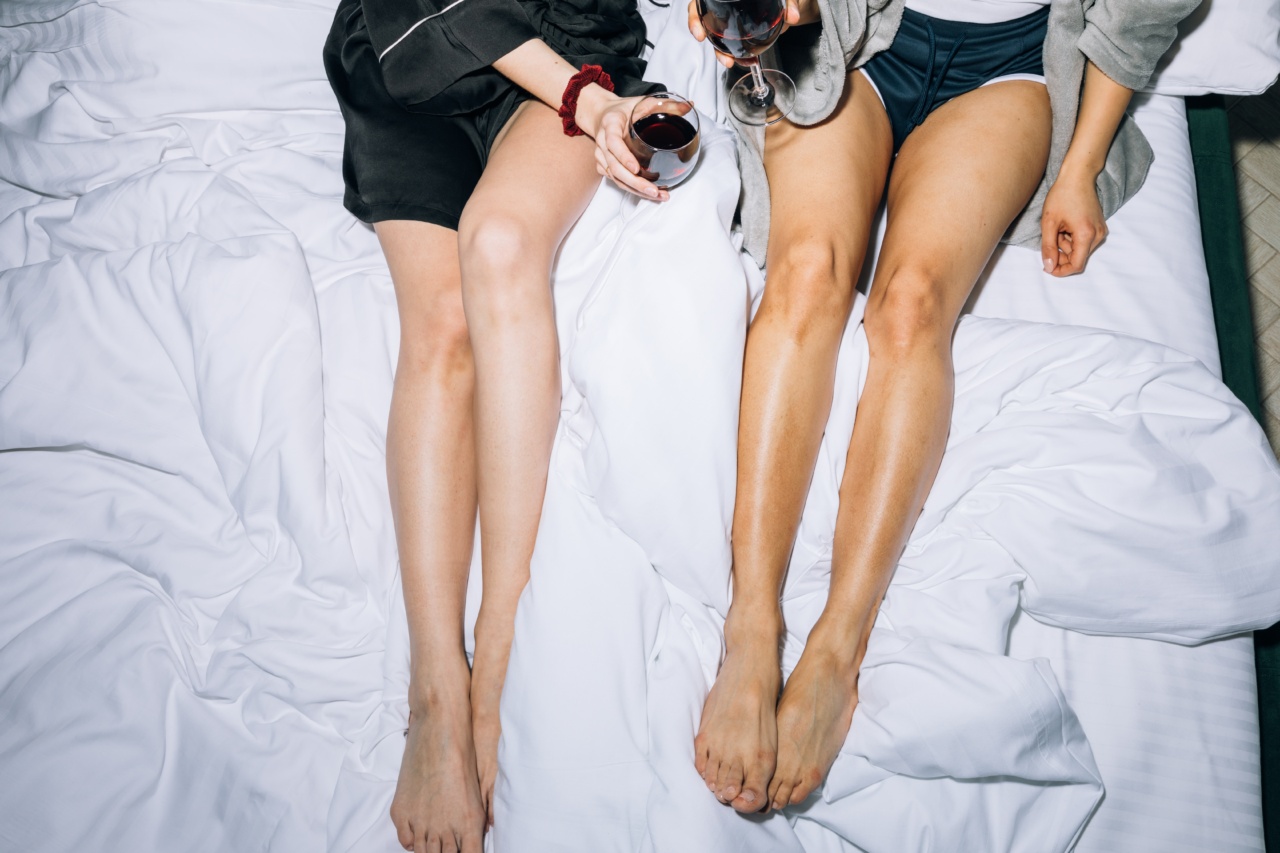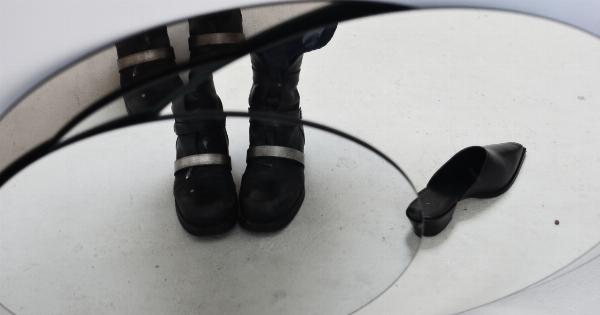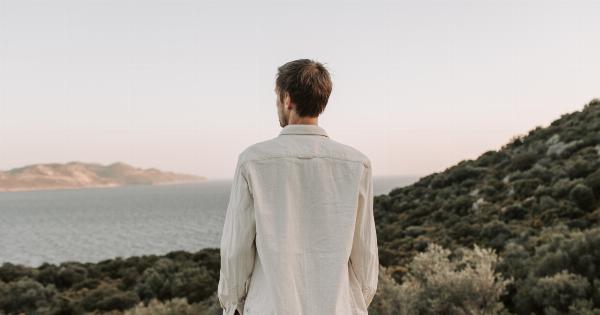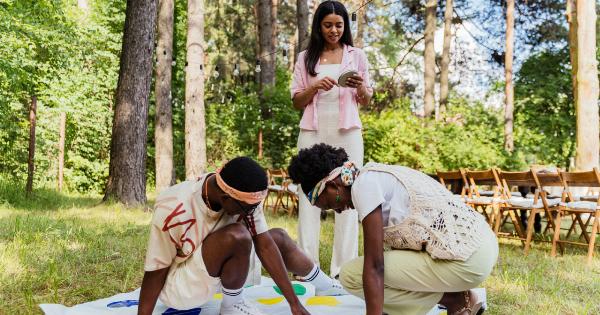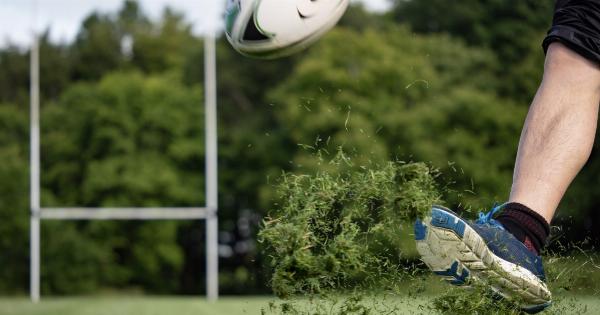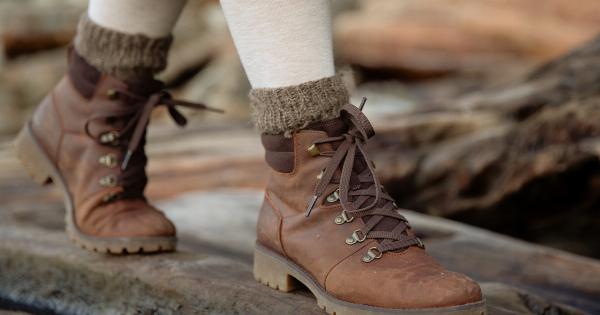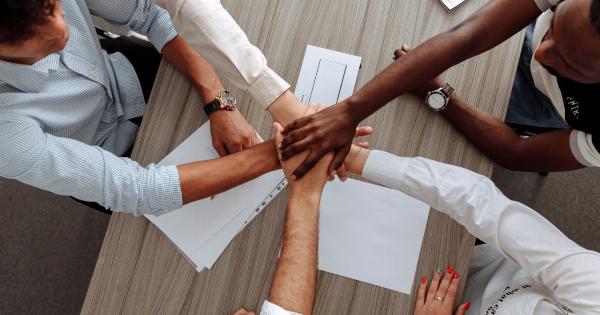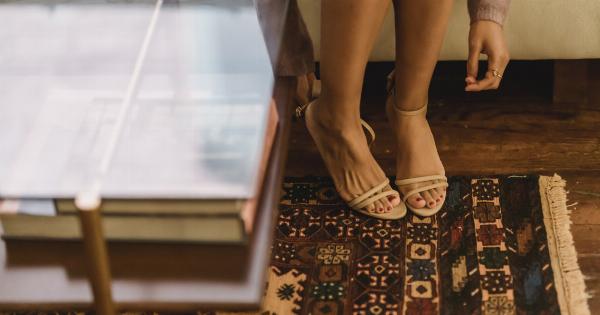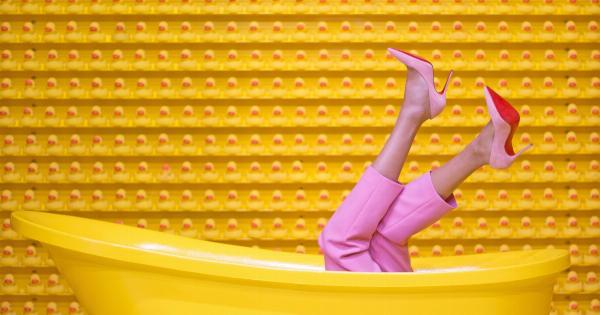Blister is an annoying and potentially painful foot injury that can worsen if left untreated.
They form when your skin rubs against another surface and causes friction. In order to prevent blisters, it’s essential to cushion your feet, wear properly sized shoes, and moisture management.
What are blisters?
A blister is a small fluid-filled pocket on the outer layer of the skin. They are most commonly seen on hands and feet. A blister is formed due to excess friction or pressure on the skin.
This damage causes the skin to separate from the layers beneath and form a bubble filled with fluid, which acts as a cushion under the affected area.
What are the causes of blisters?
Blisters can affect anyone, no matter what age or activity level. These blisters can appear in various areas on your feet, such as toes, heels, or soles. There are numerous causes of blisters including:.
- Wearing shoes that are too tight or too loose
- Moisture from sweat or wet environments
- Friction or rubbing the feet
- Hot temperatures or sunburn
- Chemicals, such as certain soaps or detergents
Prevent the formation of blisters
Blister prevention is key to avoiding this painful affliction. Here are some tips on how to prevent blisters:.
- Wear shoes that fit well and comfortably
- Avoid wearing shoes that are too tight or too loose
- Wear moisture-wicking socks to keep your feet dry
- Use blister pads or bandages on areas prone to blisters
- Apply petroleum jelly or other lubricants to reduce friction
Treatments for blisters
If a blister develops, it’s important to treat it quickly to prevent further irritation. If you experience the following symptoms, it’s best to see a doctor immediately:.
- The blister is filled with pus or another liquid that appears to be infected
- The blister is located near the eye, mouth, or genitals
- The blister is causing unbearable pain
- You have a weakened immune system
For minor blisters, there are a few steps you can take to treat it:.
- Clean the blister with soap and water
- Protect the blister with a sterile bandage or pad
- Avoid popping the blister as it can lead to more pain or infection
- You can use an over-the-counter blister treatment for pain or pressure relief
- If needed, remove pressure from the skin by padding or cushioning
Frequently Asked Questions
What should I do if my blister pops?
If your blister pops, don’t peel or remove the skin that has separated from the blister. Instead, keep the area clean and cover it with a sterile bandage or pad.
What if I have multiple blisters on my feet?
If you notice that you have several blisters forming in the area or on both feet, it’s best to avoid physical activity until the blisters heal. Wear shoes that are comfortable, avoiding any that have a tight fit or a hard sole.
When should I see a doctor for a blister?
If you notice any signs of infections like redness, warmth, or tenderness around the blister, it’s best to seek medical attention immediately.
What type of socks should I wear to prevent blisters?
You should look for socks that are made with moisture-wicking materials. This will help keep your feet dry and prevent blisters from forming due to wetness.
You may also want to look for socks that feature a seamless toe cap that reduces friction on the toe area.
Can you wear flip flops or sandals to prevent blisters?
Flip flops or sandals may not provide enough support and structure to your feet, making them more prone to blisters. If you must wear them, look for ones with a cushioned sole and a comfortable footbed that won’t rub against your skin.
Flip flops or sandals that have straps or fabric over the instep can also help prevent friction and blisters.
Conclusion
Blisters may seem like a small injury, but if left untreated, it can lead to severe pain and discomfort. You can prevent blisters from forming by wearing proper shoes and socks and using lubricants to reduce friction.
If you do experience a blister, follow the tips mentioned above for quick relief. It’s important to maintain foot health to avoid further injuries or infections.
